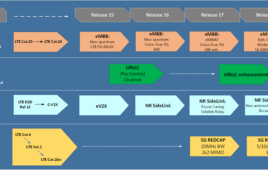The shift to mobile over the last decade or more is indisputable, but it looks like not everyone puts wireless service at the top of their “must have” list.
New data from research group RAND Corporation indicates that while 90 percent of U.S. households have at least one mobile phone, roughly 20 percent of the population prioritizes fixed telephone service as the most important service to have, with mobile coming in second.
“While most Americans like their cell phones, there are still a large number of households that think having a landline phone is important,” RAND Senior Economist and lead author of the group’s U.S. Consumer Preferences for Telephone and Internet Services study Craig A. Bond said. “Policymakers will need to take this into account as technology changes and regulations evolve.”
By preference, RAND discovered 66 percent of the population views mobile telephone services as the most important and fixed telephone as the least important out of four options including fixed telephone service, mobile telephone service, fixed Internet service, and mobile Internet service. A second group accounting for 20 percent of the population ranked fixed telephone service first and mobile phone second, while the remaining 14 percent said Internet and mobile phone service were more important than fixed telephone service.
RAND found the population is nearly split in half with regard to mobile service as a replacement for fixed line service, with 48 percent of phone subscribers on mobile only and 48 percent with a combination of fixed and mobile. Only four percent of the population has landline-only service.




